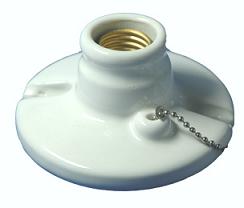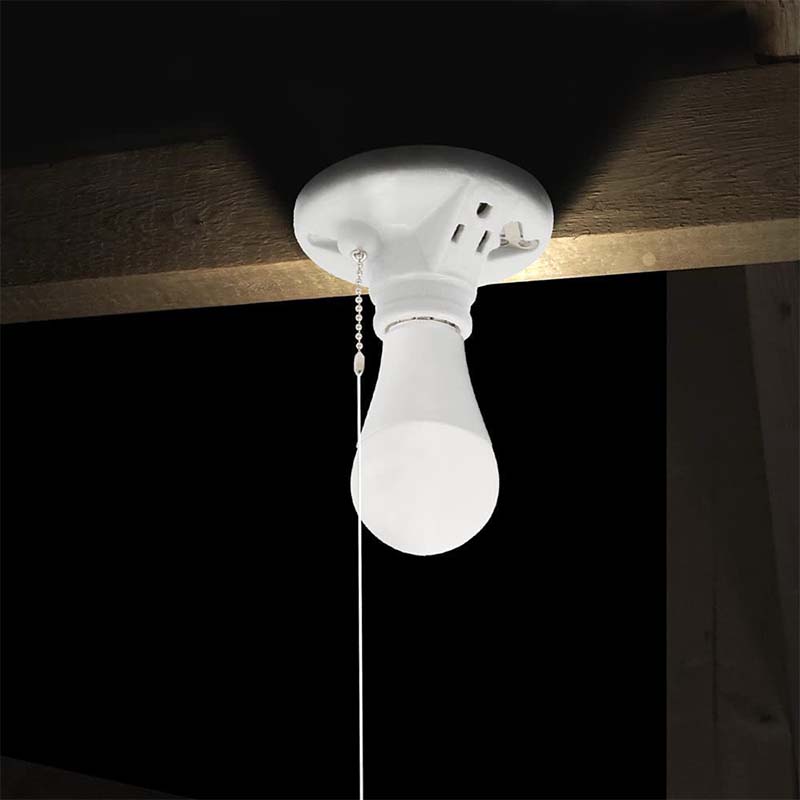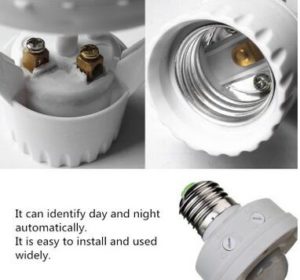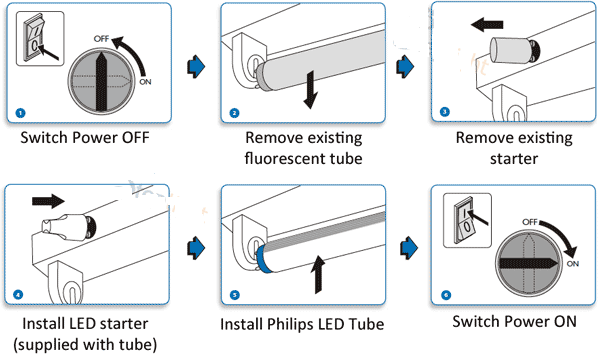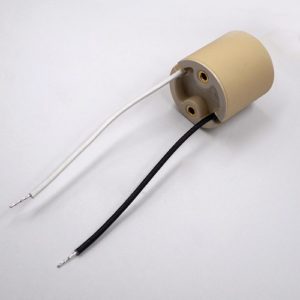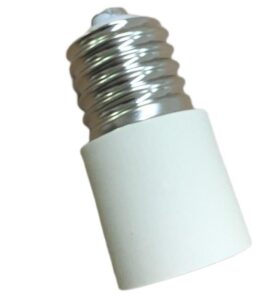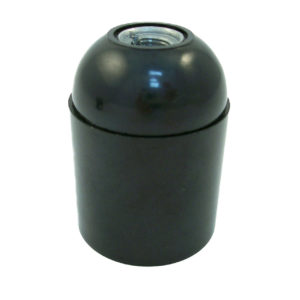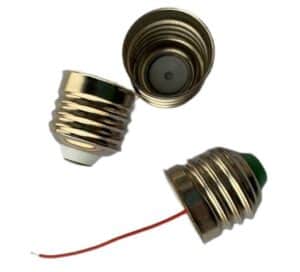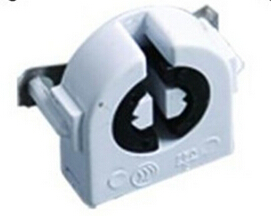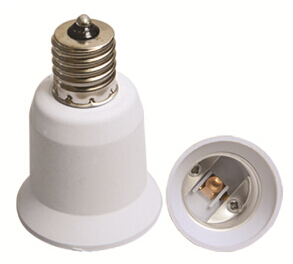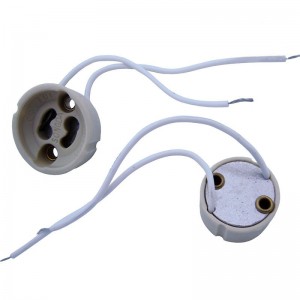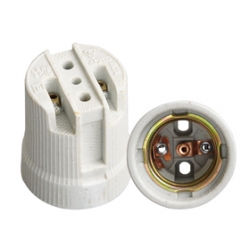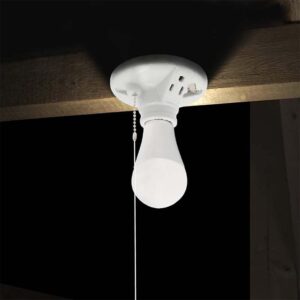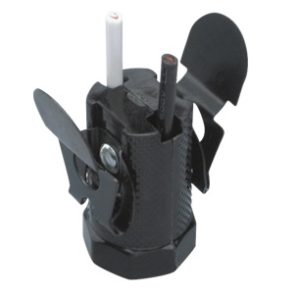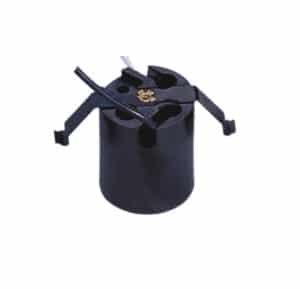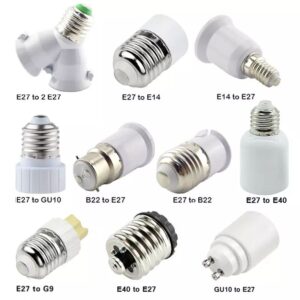Based on my experience, wiring a light socket can seem intimidating, but it’s a relatively simple process that can be accomplished with a few basic tools and materials. Here’s a step-by-step guide:
Materials you’ll need:
Light socket
Electrical wire
Wire strippers
Screwdriver
Electrical tape
8 Steps:
- Turn off the power to the circuit you’ll be working on by switching off the corresponding circuit breaker in your electrical panel.
- Use wire strippers to strip off about 1/2 inch of insulation from the end of the electrical wire.
- Separate the two strands of wire and twist each strand to keep them from fraying.
- Attach the wires to the light socket by wrapping the stripped ends around the screws on the side of the socket. Typically, the brass screw is for the hot wire (black or red) and the silver screw is for the neutral wire (white).
- Tighten the screws to secure the wires in place.
- Wrap electrical tape around the base of the socket where the wires are attached to prevent any exposed wire from touching the metal casing of the socket.
- Screw the light bulb into the socket.
- Turn the power back on at the electrical panel and test the light to make sure it’s working properly.
I’ve got a camping swag type pendant light fixture which I like to hard cable in to the ceiling. I cut the plug off of the light fixture cord and ” cable ” it straight to the neutral and hot cables within the ceiling fixture recess.
I ensured the neutral and hot wires went to the related terminals within the lamp holder. There’s a floor cable within the ceiling recess, I haven’t touched this as my wiring does not have a ground and I’m not sure how to deal with this.
Anyway, while I switch the light on nothing happens. I can check out the very hot wire is energized as my live wire detector beeps when it’s close to it. It beeps all the way down towards the light fixture lamp holder.
Remarks: You need to mention when you first wired this up, I had lived and neutral corrected within the lamp holder and got a short while I switched it on. I do not think the fuse is blown since I get power and I changed the bulb to ensure the lamp wasn’t blown either.
The first thing to do is test the lamp holder itself. The easy way tries this is to apply a multi-meter set to AC and an appropriate voltage setting for your supply voltage. Using the test leads, touch the bottom pin and the metal of the base exterior (the part the bulb screws into). It should read your supply voltage.
If it does not then there is an issue with the light bulb socket itself. If it reads the right voltage, either your bulbs are bad or they aren’t contacting the socket. With the turn off, make use of a screw driver to gently lift the bottom pin up a bit and then try your bulb again.

